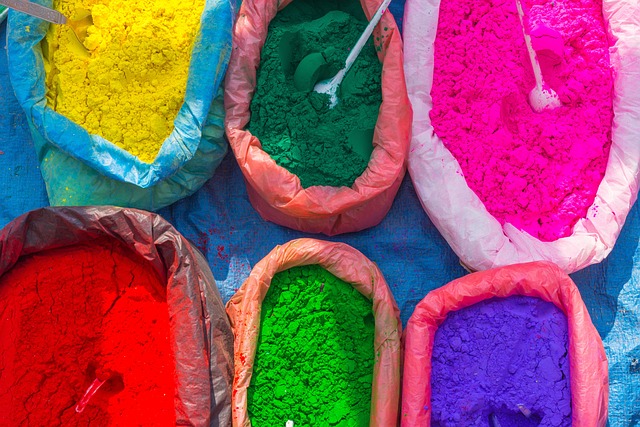When it comes to photography, the magic often lies in the details, and one of the most impactful details is saturation. The right amount of saturation can transform a mundane photograph into a vibrant work of art, drawing viewers in with colors that pop. But what exactly does saturation mean in the context of photography, and how can you master it to enhance your images?
Saturation refers to the intensity of color in your photographs. High saturation levels create vivid, bold colors that catch the eye, while lower saturation levels result in softer, more muted tones. Think of saturation as a volume knob for color; turning it up amplifies the hues, while turning it down can create a more subdued mood. This quality can change the very mood of a photo and influence the viewer’s emotional response.
When you’re behind the camera, particularly with the range of optics available today, understanding how to manipulate saturation can elevate your work. For instance, shooting on a cloudy day may yield naturally less saturated colors due to the soft, diffused light. This can be ideal for achieving a nostalgic or moody feel. However, if you want those tones to come alive, you might need to do some post-processing to enhance saturation.
In your post-processing workflow, you have several tools at your disposal to adjust saturation. Most photo editing software, whether it’s Adobe Lightroom, Photoshop, or even mobile apps, features sliders dedicated to saturation adjustments. Here’s a tip: instead of cranking the saturation slider all the way up, incrementally adjust it while evaluating the image. This helps to avoid unnatural-looking colors and ensures your image retains a professional touch.
Another effective technique to consider is selective saturation. This involves accentuating certain colors while leaving others more muted. For example, if you’re photographing a bustling market, you might want to enhance the saturation of fresh produce to make the colors of fruits and vegetables pop against a more muted background. This draws attention to your focal points and creates a compelling narrative within the photo.
Remember, mastering saturation is not just a technical skill; it’s also an art form. It requires a keen eye and a sense of balance. If you find yourself unsure, look at the work of photographers who inspire you. Analyze how they use saturation and color. Ask yourself: What emotions do these colors evoke? How do they shape the story being told? With practice, you can develop your own unique style, using saturation to express your artistic vision.
As you embark on your journey to master saturation in photography, don’t forget to experiment. Try different settings, play with lighting, and take varying approaches to saturation in your post-editing. Photography is about creativity, and allowing your own personality to shine through your use of saturation can lead to stunning results. Every photograph you take is an opportunity for expression, so embrace the colors, and let saturation work its magic in enhancing your visual storytelling.



